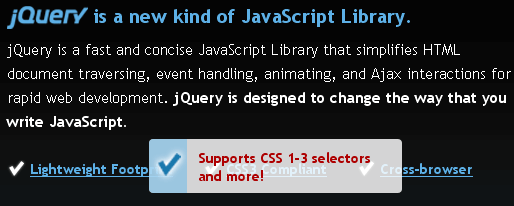Change Mac App Icons

If you follow me on Twitter, you know that I recently got a new MacBook Pro. Setting up a new machine is a pornographic euphoric experience: no app collisions, optimal performance, and a fresh canvas to work with. The first step is setting up your go-to apps, like an instant messaging client, Twitter client, browsers, and of course, your trusty text editor. I jumped to Sublime Text 3 and it's been great...except the app's boring, blocky "S" icon. I couldn't allow my precious new dock to be sullied by such a bland icon so I found another icon I wanted to use; here's how it put that icon into place.
Updating an App Icon
Navigate the the Applications folder, right-click the app, and select "Show Package Contents". Continue into the "Contents/Resources" directory and look for a .icns file -- that is likely the application's icon. Most apps use the AppName.icns convention but not always. Replace that .icns with your desired .icns file and you're almost done!
Restarting the Dock
To get the new icon to display in the dock, you'll need to restart the dock from the terminal:
killall Dock
The dock will disappear for a moment and then reappear. If your app was in the dock in the first place, it will be replaced by the new icon. Success!





Now you just need to share that ST3 icon ;)
Here’s the icon I now use:
http://www.designkode.com/sublime-text-icon/
There’s another way to change the icon without diving into package contents.
– You got the replacement icon (whatever file type, not neccessarily icns) somewhere, open it with Preview.
– Cmd + Option + 2 to open Preview’s Thumbnail pane.
– Select the image in the Thumbnail pane and Cmd + C
– Use Cmd + I to open the Info panel for the App.
– You see the small icon at the top left of the Info panel. Click to select and Cmd + V
That’s it! It might take longer than your method, but it doesn’t require the icon to be with “.icns” extension.
Cheers!
Always good to know! We always need some simple and useful how-to, and this icon by DesignKode is really refreshing. Thanks for sharing!
Been looking for a new ST3 Icon, and this looks the part.
One thing worth noting is that this can cause issues with app updates for Mac App Store Apps updating. Not an issue in this case, but worth being aware of.
Prepare some kind of script because on each update whole .app is replaced
Try to use Automator – OS X built-in automation tool to build it from pieces of readymade actions or write your own.
Then you can save it as an application and just run it every time icon is gone
Another, more advanced really awesome way to replace is any app icon, using icon collections (iContainer) is CandyBar by Panic: http://www.panic.com/blog/2012/08/candybar-mountain-lion-and-beyond/ I usually customise all my app icons. Also. lots of great icons here: http://iconfactory.com/freeware/icon?page=1. I love the Flurry icons.